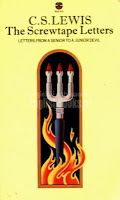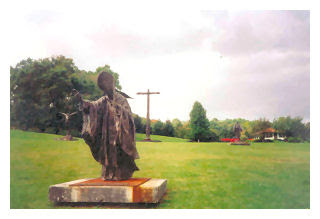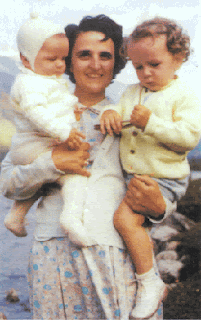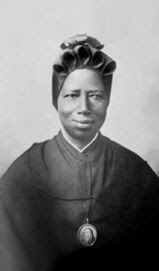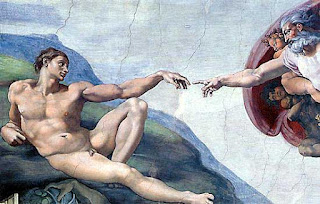
Indulgence Offered for World Day of Sick
Church Hopes for Catechesis on "Value and Function of Pain"
VATICAN CITY, FEB. 5, 2007 (Zenit.org).- A plenary indulgence can be obtained by participants in the World Day of the Sick, the Vatican announced.
The Holy See published a decree of the Apostolic Penitentiary today, stating that a plenary indulgence is granted to faithful who take part in the celebrations of the World Day of the Sick, as well as to patients and those who care for them, or who are united to them spiritually.
The main venue for the day, celebrated Feb. 11, the feast of Our Lady of Lourdes, will be Seoul, South Korea.
Benedict XVI will be represented in Seoul by Cardinal Javier Lozano Barragán, president of the Pontifical Council for Health Care Ministry.
In his message for the day, the Holy Father established that this year would be dedicated in a special way to patients with incurable or terminal illnesses.
Vatican decree
The decree granting the indulgences, signed by Cardinal James Francis Stafford, major penitentiary, explains that the Church "earnestly desires that the annual observance of the World Day of the Sick will become an effective catechesis of the teaching … on the value and function of pain."
The decree states: "A plenary indulgence is granted to the faithful that, with the usual conditions -- sacramental confession, Eucharistic communion and prayer for the Holy Father's intentions -- and with a spirit detached from all sin, take part with devotion, next Feb. 11, in the city of Seoul or in any other place established by the ecclesiastical authority, in a sacred ceremony celebrated to implore God for the objectives of the 15th World Day of the Sick.
"The faithful who in public hospitals or private homes assist the sick with charity as 'good Samaritans,' especially the incurable or terminal and, because of their service cannot take part in the ceremony indicated earlier, will obtain the same gift of the plenary indulgence, if on that day they generously give at least an hour of their charitable assistance to the sick as if they did it to Christ the Lord himself, having their spirit detached from all sin and the intention to comply, as soon as possible, with the conditions needed to obtain the plenary indulgence."
The decree continues: "The faithful who because of illness, advanced age or any other similar reason cannot take part in the indicated ceremony, will obtain the plenary indulgence, on the condition that, having the spirit detached from all sin and intending to fulfill as soon as possible the usual conditions, on that day united to the Holy Father, take part spiritually with desire in the above-said celebration and offer to God, through the Virgin Mary, 'Health of the Sick,' their physical and spiritual sufferings."
Finally, the decree "grants the plenary indulgence to all the faithful, from Feb. 9 to 11, every time that with a contrite heart they address to the merciful God devout prayers to implore the above said objectives in assistance to the sick, in particular of the incurable or terminal."
ZE07020509

